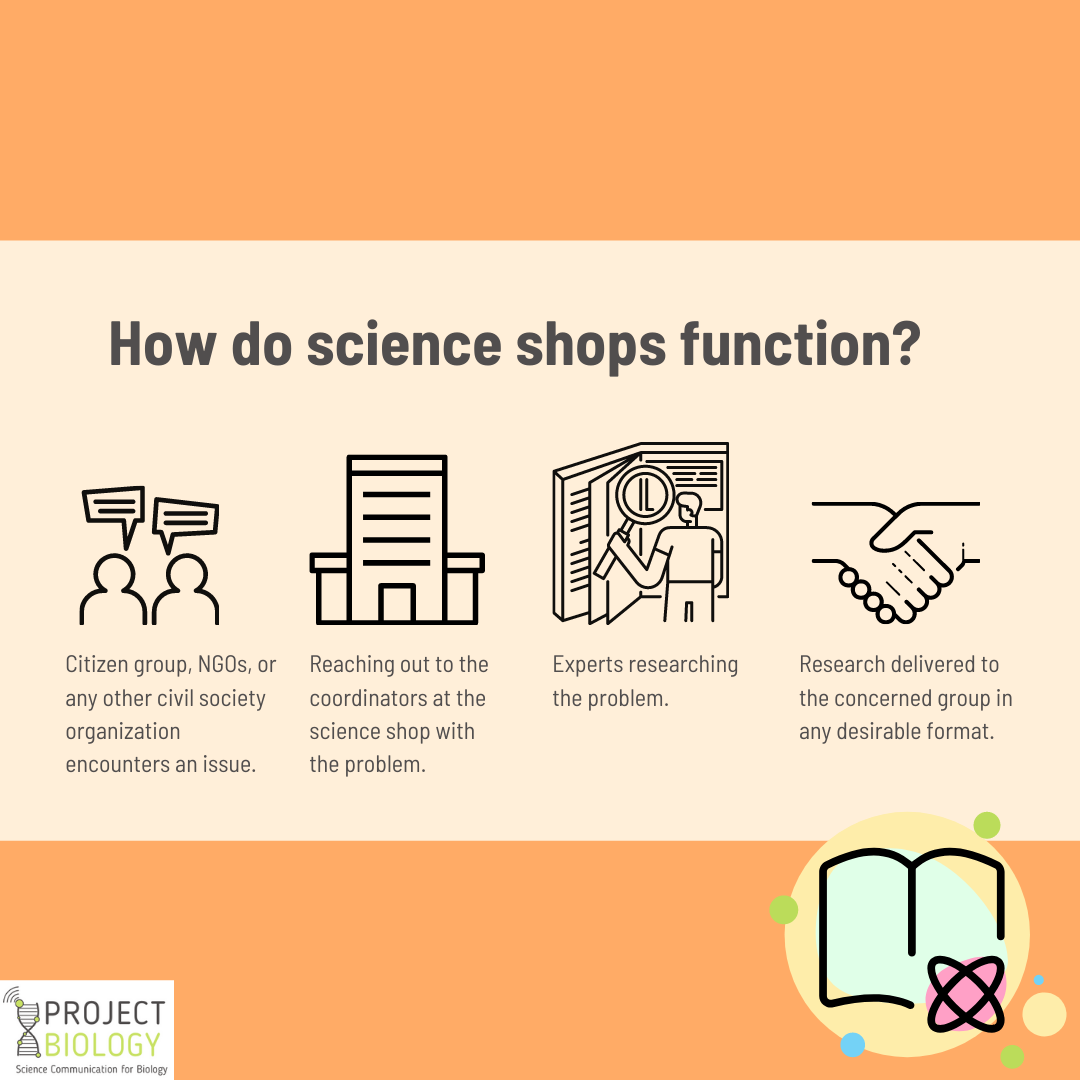Social media is everywhere today, it has emerged as a platform of paramount significance to seek content, updates, and interact with like-minded individuals and topics. Today social media engages 3.8 billion people worldwide (January 2020) with over 680 million active internet users in India (Source: Statista).
Its convenience of access through the wide range of devices and affordable mobile networks makes it an integral part of everyday interactions. It has expanded its role from building personal connections to building market presence and sales for businesses.
The business version of social media today is helping creators reach the targeted audience and interact with them. Some of the giants of social media; Facebook, Twitter, Instagram, and LinkedIn have emerged as prominent players in the marketing strategies of businesses, small and big alike.
However, the path to championing social media platforms is not easy and takes lots of effort and keeping up to date with changing algorithms. Success in the science social media marketing race requires beating the plethora of content to make their presence felt.
Why go digital?
Social media marketing for science-based businesses has helped boost their market presence and broken the niche mold it has commonly been confined to in the past. Many science communicators working in the field of research, publishing, art, and public engagement have utilized the growing presence of social media (examples needed).
Science-based businesses like National Geographic (148 Million on Instagram, 46 Million on Facebook, and 25 Million on Twitter), public centers like the San Diego Zoo in California, science journals like Nature (2.1M Followers), The Atlantic (2M Followers) and Peabody winning podcasts such as Radiolab and Threshold enjoy a prominent social media presence.
In India, prominent institutions like the Indian Council of Medical Research (ICMR) (200.7K Followers), Centre for Cellular& Molecular Biology (CCMB) (10.9K Followers), India biosciences (15.4K Followers), Ministry of Health (2.1M Followers), Department Of Science & Technology; DSTIndia (106.9K Followers), National Centre for Biological Sciences (19.9K Followers), DBT/WT India Alliance (11.4K Followers) shares the latest updates and information on science, technology, and innovation in the country.
CCMB and the Ministry of Health have been active on social media platforms for sharing scientific information regarding the coronavirus along with ongoing research and the latest science news.
Word of mouth in the digital world
The word of mouth concept goes digital on the social media platforms with interest and quality of science being the driving force behind their popularity.
One can connect with people on a real-time basis, where current events and the latest updates can be discussed and information distributed for increased outreach and impact.
A creative and engaging mode of communicating facts leads to effective communication. It is important to consider social media platforms as a mode of starting conversations with people you wish to engage.
A social media profile may have many marketing benefits but establishing a successful profile is not an easy task. Many social media accounts require constant effort and creativity.
Another important factor is (if possible) individuals and organizations should not shy away from seeking professional help for their social media marketing. They can use the help of social media managers and creators to up their marketing game and benefit from it.
Here we bring some tips to market your science across different social media platforms.
Step 1: Complete your social media profile
Just like when you are out to get a job the first thing you do is complete and update your CV. Similarly, on social media, you are out to engage people and gather followers. For this, you need to complete your social media account.
Display Pictures
Put up a display picture that is not blurry, does not crop put your face, and aligns with your goals.
For example, if you are a scientist you can put up a professional picture, avoid a picture from a wedding you last attended. For an organization or institution putting up a high-quality picture of your logo works best.

Do not forget to upload the banners on Facebook, LinkedIn, or Twitter accounts. Doing so makes the profile look incomplete. Choose a quote from a prominent person of your field or any other photograph which again aligns with your goals.
Description
Next step, don’t be lazy in putting up all the information. Write an interesting description that conveys Why are you here, What you intend to do, and How you intend to do it. Leverage your position, qualification, or the institute you work in as your credibility batch.
For e.g., you are a microbiologist wanting to share your knowledge about microbes. Write:
- Why: I am a microbiologist here to introduce you to the little beings that live on your skin, gut, and everywhere around you.
- What: Stay with me to know how these microbes can break or make your day.
- How: I will be taking you through short stories, memes, gifs and so much more.
If you have a website or blog do not forget to mention the link.

#Pro Tip: As different social media channels allow different word limits for description, write a master copy first. You can then choose and edit text from a master copy to complete different social media accounts. Do not forget to include hashtags in your Twitter description.
Step 2: Start following other accounts
 Go back to your school or college days. Remember the most talkative person made friends with many, while the shy and quiet ones had a few close friends. Not that it was a bad thing. But, social media, as the name tells, asks you to be social.
Go back to your school or college days. Remember the most talkative person made friends with many, while the shy and quiet ones had a few close friends. Not that it was a bad thing. But, social media, as the name tells, asks you to be social.
You need to make alliances, relations with other people. You know you are on social media, others don’t. So, start following the accounts that share the interests of your target audiences. Because these accounts allow you the chance to make connections with like-minded people.
You can follow other researchers or scientists who already share your work, the students who often share science, influencers who work in the domain as you, organizations, and institutions as well.
How to find those?
- Enter the suitable keywords in the search bar and some accounts will come up.
- Scan the people they follow and you will get more ideas.
- Take note of the conversations they engage in.
You can also follow the hashtags of your interest. For example, we follow #scicomm, and our own hashtag is our account name #scicommbio.
Step 3: Start talking to market your science
The best thing about social media, no one is going to punish you for talking more. Indeed you should talk more to other people, leave meaningful comments, and post valuable content. The more social you are the greater will be the benefits.
Comments, shares, and stories are effective ways of engaging with your audience. There is a need to employ a plan or schedule to decide on the release of your content to ensure higher engagement among the followers.
Now, you can turn on notifications for the accounts you find most interesting. This way whenever a post comes up, you can be the first one to comment, capture the attention of the account admin and the audiences as well. Note, you shall post meaningful comments that can get the conversation flowing.
When it comes to specific social media platforms, Facebook has maintained its dominance in the field with 2.7 billion monthly active users. India in 2020 had the highest number of Facebook users in the world with about 300 million users.
Facebook may be an overlooked high-return, low-risk science outreach tool in which scientists can play a valuable role to combat disinformation.
Step 4: Create content strategically
As simple as it sounds creating engaging content that attracts an audience takes some practice. You can learn from the account that does well and engage audiences. Save their posts for reference in the future, make your own database.
Usually, social media algorithms love content with visuals. So do add an image, gif, or a visual you prepared to your post. You can scan a hand-drawn illustration and post it. Also, videos are currently the most loved media.
Research (Pew Research Center) showed that visual posts with limited descriptions and videos showed higher engagement. An impactful and good quality media with a supportive description along with specific and popular hashtags would lead to the desired engagement for the post.
- Set posts to ‘public’ to gain traction with followers.
- Ask questions to inspire engagement.
- Post content that encourages meaningful, lengthy comments (not just “Nice shot”).
- Utilize Facebook video (doesn’t have to be live!).
#Pro Tip: The popular “story” feature of the platform engaged people through snippets of content with faster engagement in lesser duration influenced Twitter and other platforms to adopt the same.
Instagram Tip
Instagram, now a part of Facebook has a visual appeal for its patrons that create and accept content through their profiles. It too connects like-minded profiles through suggestions and sharing options. It is very much dependent on the ability of the image(s) or video to put across your message and capture the attention of a viewer scrolling through their feed.
Step 5: Post strategically
The timing of your posts proves to be crucial for making your post reach more. The ideal time for posting is between 9 am – 11 am. However, you can find the sweet spot by hit and trial.
Moreover, social media platforms populate the posts as per their algorithms. Usually, the algorithms downgrade your content if you post randomly. Twice or thrice per week should be the least. If you really want good traction you need to post once per day. Building up your track record proves essential.
Don’t forget to engage with other accounts immediately after you post something. Write engaging captions that incite thoughts and queries. It helps you to engage with your audience better.
Do not forget to experiment with hashtags. For Instagram, the Stories helps you gain organic reach. Post stories in a staggered manner throughout the day, instead of posting once only. LinkedIn also offers the stories feature, and Twitter has come out with fleets. So, you can gauge the importance of posting stories.
Twitter as a medium is good for real-time engagement serving as a platform to share news, updates, events, and publications with the followers to generate impact. For Twitter, you can tweet 2 to 8 times per day for the best results. You can also try out Twitter polls, and don’t forget to respond to comments as soon as possible.
Don’t fret or worry if results do not come immediately. Keep doing your best, but with intelligent planning. You will begin to see results in 1-2 months if you remain consistent.
If you need any professional assistance, feel free to reach out to us.



